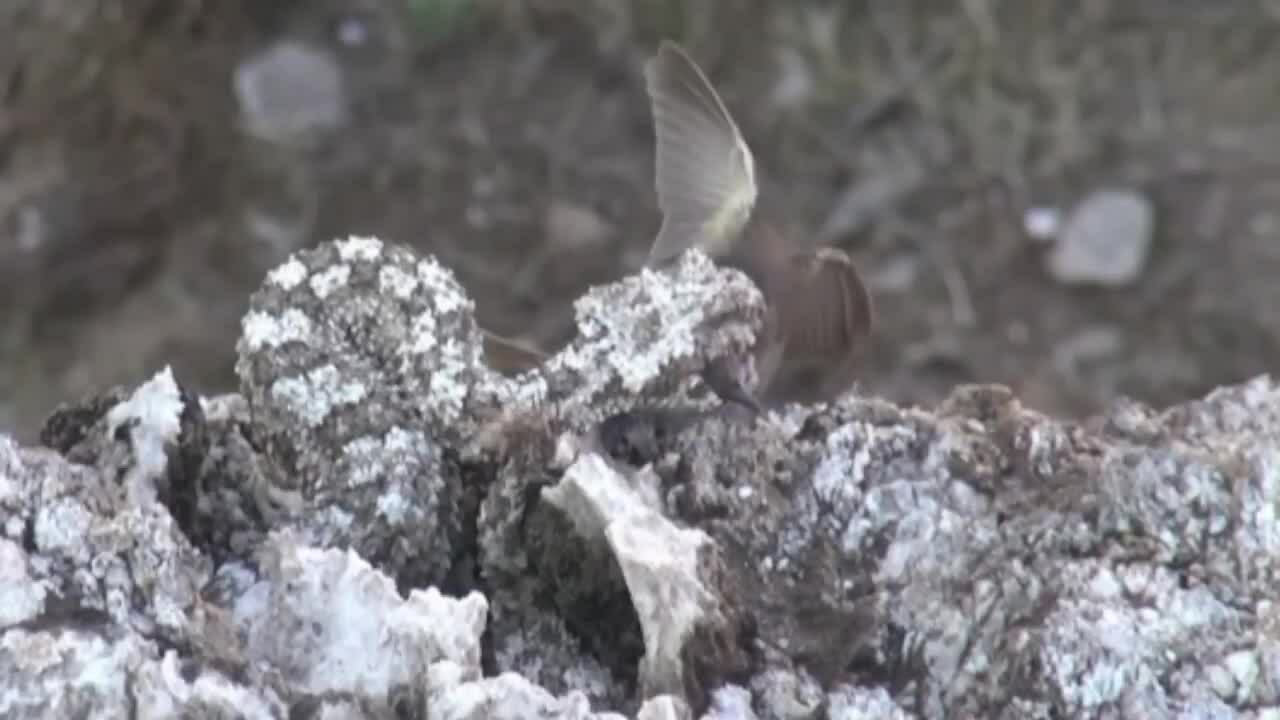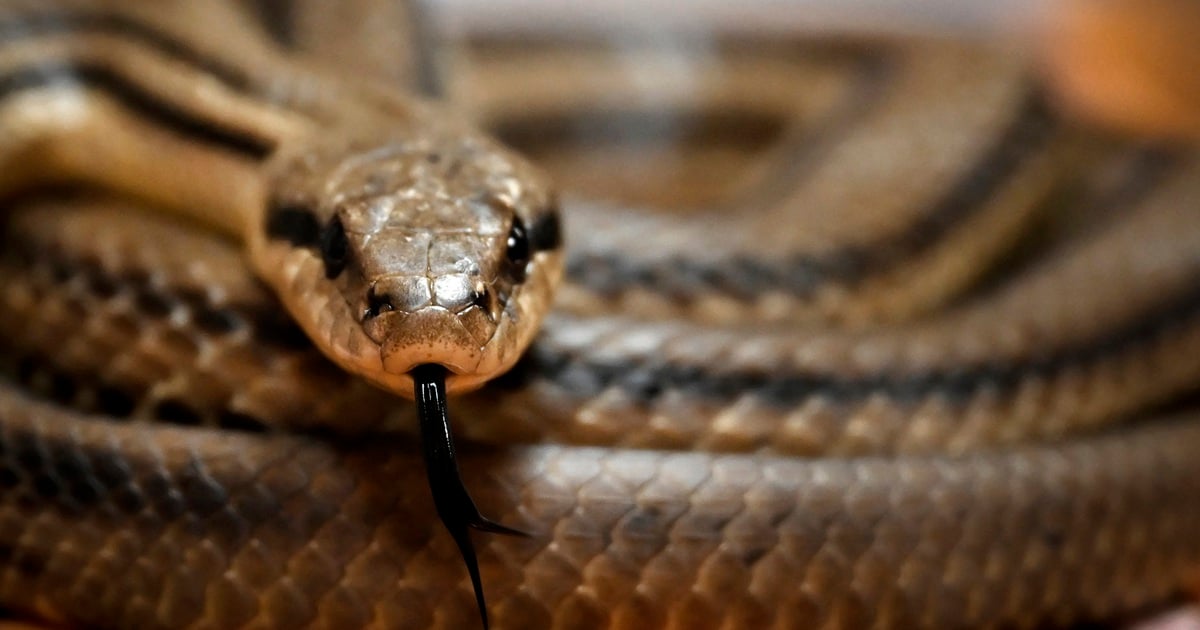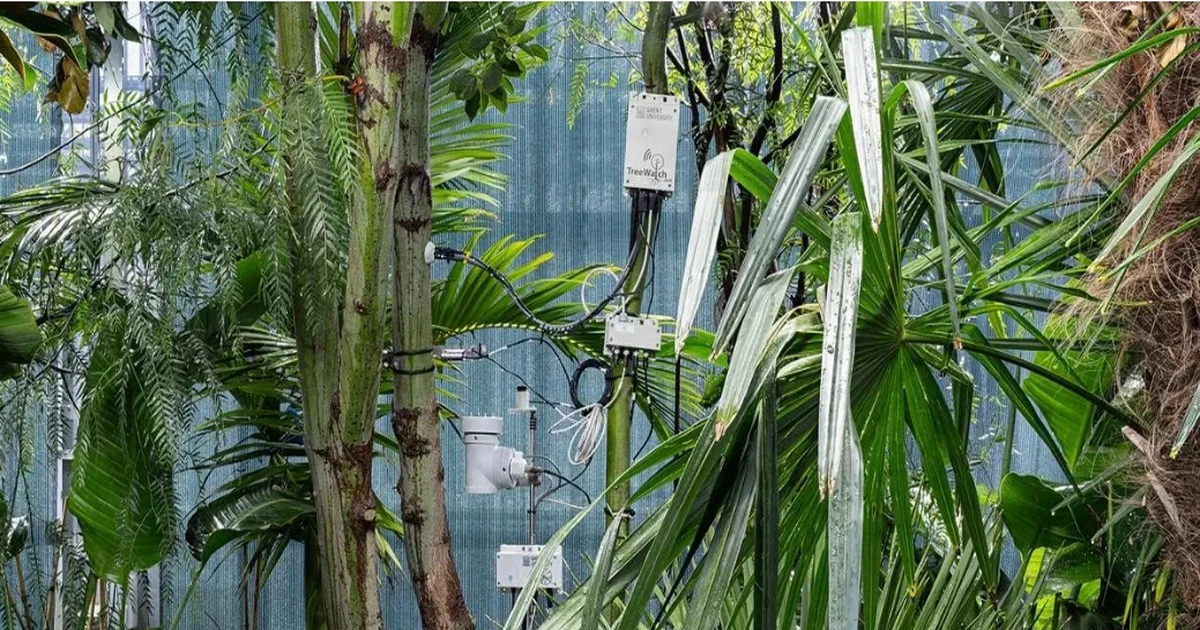Spider snakes hunt effectively by cleverly camouflaging themselves and waving the tip of their tail, which looks very much like a spider, to attract birds.
Spider snake waves its tail to attract birds. Video: SciNews
The spider snake ( Pseudocerastes urarachnoides ), found mainly in Iran and Iraq, lures prey by simply wagging its tail, leaving everything else motionless. With just a few tail movements, it can make the tip of its tail look like a crawling spider. This "spider" looks very real, even to a person who has been warned, Science Alert reported on January 8.
In fact, the “spider” at the tip of the snake’s tail is a mass of tissue with long tendrils on either side. When dormant, it appears harmless. However, it can come to life in an instant. The spider-like effect is all the more powerful when you consider the snake’s ability to hide: The rest of its body blends perfectly into the surrounding soil and rocks.
With its excellent camouflage, spider snakes are almost invisible to birds looking for food. They mistake the snake's tail for a real spider and pounce on it, unaware that they have been trapped and are about to become a delicious meal for the snake.
The spider snake has one of the most elaborate tail ornaments ever recorded of any snake. But this mysterious creature has managed to elude scientists for decades. The Field Museum of Natural History in Chicago has had a single specimen preserved for 35 years.
The specimen's tail was unusual, but scientists were not sure whether it was a new species or just a deformity. The strange tail tip could also be a tumor or the result of a parasite.
It wasn’t until 2003 that experts found another snake of the same species and confirmed it as a completely new species. But at that point, they knew very little about its behavior in the wild. Bird remains were found in the bellies of some specimens, but it was unclear how the snakes managed to catch their prey at such high altitudes.
After years of observing spider snakes in their natural habitat, Iranian scientists published their research results in 2015. The team discovered that spider snakes spend an average of about a third of their time wagging their tails at key ambush sites. When a bird is in sight, the intensity of the tail wagging increases by about four times.
Several other snakes use similar tail tactics when hunting, but the spider snake's spider-imitation technique is particularly ingenious. According to preliminary data, its tactics are most effective against migratory birds, which are not accustomed to the risks of hunting spiders in mountainous areas.
Thu Thao (According to Science Alert )
Source link



![[Photo] Looking back at the impressive moments of the Vietnamese rescue team in Myanmar](https://vstatic.vietnam.vn/vietnam/resource/IMAGE/2025/4/11/5623ca902a934e19b604c718265249d0)




![[Photo] "Beauties" participate in the parade rehearsal at Bien Hoa airport](https://vstatic.vietnam.vn/vietnam/resource/IMAGE/2025/4/11/155502af3384431e918de0e2e585d13a)























![[Photo] Summary of parade practice in preparation for the April 30th celebration](https://vstatic.vietnam.vn/vietnam/resource/IMAGE/2025/4/11/78cfee0f2cc045b387ff1a4362b5950f)





























































Comment (0)